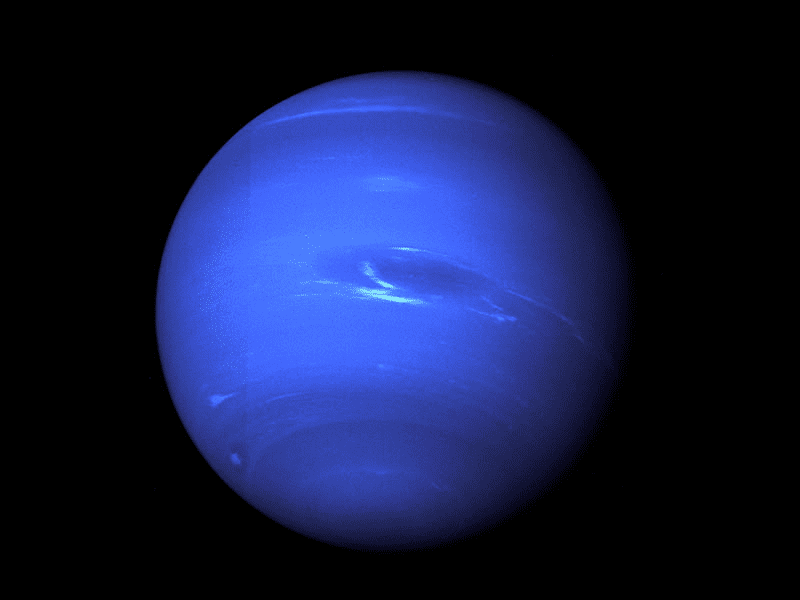We know that weather events on Earth can be terrifying and even deadly. But elsewhere in the Solar System, the weather can get even more extreme, with phenomena that only marginally resemble Earth’s own. Winds that would easily kill you, rains that would melt or crush you, unique lightning, and aurorae that would give you a tan. Alien weather is truly something else.
Cloudy with a chance of death
Venus is a pretty inhospitable place, but at about 55 kilometers (34 miles) in altitude, you have a lovely temperature and a pressure that is just above half an atmosphere. That is not bad, you could almost build a cloud city there… the problem is the clouds. Clouds on Venus are composed of sulfuric acid. And they envelop the whole planet. These clouds rain acid, up to a point. The planet is so hot that the sulfur rain actually evaporates tens of kilometers from the surface. Not that you would want to be on the surface anyway. If the lead-melting heat was not enough, the planet’s atmosphere is so dense that the pressure would be like being 900 meters (almost 3,000 feet) underwater.
If you are keen on a sojourn to a world with rain and a dense atmosphere, but you would like to survive the experience, let us recommend visiting Titan instead. Saturn’s largest moon is covered by a thick atmosphere and is the only other body in the Solar System apart from Earth with rivers, lakes, and seas on its surface. The only difference is that they are not made of water. They are hydrocarbons. Titan is very cold. But it certainly beats getting melted, crushed, and cooked on Venus!
Throwing caution to the wind
The fastest wind on Earth depends on your definition – if you want to include tornados and cyclones, or just focus on regular gusts of wind. But even the strongest tornadoes on Earth are weaker than the extremes we see on other planets. First, let’s get a point of comparison. The Doppler on Wheels system from the Center for Severe Weather Research measured the record highest wind speed on Earth. It was 484 kilometers (301 miles) per hour on May 3, 1999, during a three-second gust of the Oklahoma City tornado. If we take a daily average then we are looking at almost three times as low, with the 174 kilometers (108 miles) per hour recorded in Port Martin (Antarctica) across March 21 and 22, 1951.
The gas giant planets would point and laugh at those winds. Jupiter’s Great Red Spot is an enormous anticyclonic storm, so big that it would comfortably fit Earth and Venus inside it, with ample space. It has existed for sure for about 200 years, and maybe for almost double that. We can’t be sure if it has existed for longer as we did not have the tech to see it. The winds in it are easily comparable to the ones in the strongest tornado on Earth, and on the outskirts, the winds might reach peaks of 450 kilometers (280 miles) per hour. On a storm wider than our planet.

Don’t let that calm blue color fool you. That’s a deadly place! Image credit: NASA
But to thoroughly experience winds of terror, you’ve got to go to Neptune. Estimates by NASA suggest that at high altitudes, speeds on Neptune can exceed 1,770 kilometers (1,100 miles) per hour. That means that the winds on Neptune are supersonic. Winds of 800 kilometers (500 miles) an hour would easily lift you up here on Earth. You don’t want to experience more.
Neptune and Uranus have another weird weather phenomenon. It’s believed that in their atmosphere, when the pressure gets high enough, carbon is turned into diamonds which rain down towards the center of the planet. So, after you have been slapped about by the supersonic wind, you’ll probably be crushed into a diamond. Not a bad end, given that diamonds are forever.
Sparks and light shows
On Earth, lightning occurs in shallow clouds where water exists in all three states (liquid, solid, gas), but Jupiter doesn’t have this limitation. It has clouds of ammonia and water, where the ammonia acts as an antifreeze allowing lightning to occur at higher altitudes. On Earth, lightning storms are a lot more common than on Saturn and Jupiter, and our lightning is a lot weaker. Research estimates that lightning might be 1,000 times more energetic on the two gas giants compared to their earthly counterpart. That would pack a punch.
Lightning-related phenomena on Jupiter would also be quite the spectacle – as long as you can see in ultraviolet. Planetary scientists have spotted sprites lifting from the cloud top of the giant planet. They match the planet’s spectacular auroras, which also shine in the ultraviolet. So remember to pack a moisturizer with a good SPF, even if you are traveling away from the Sun.
Source Link: Lightning, 1,000-MPH Winds, Acid Rain: The Most Extreme Weather In The Solar System